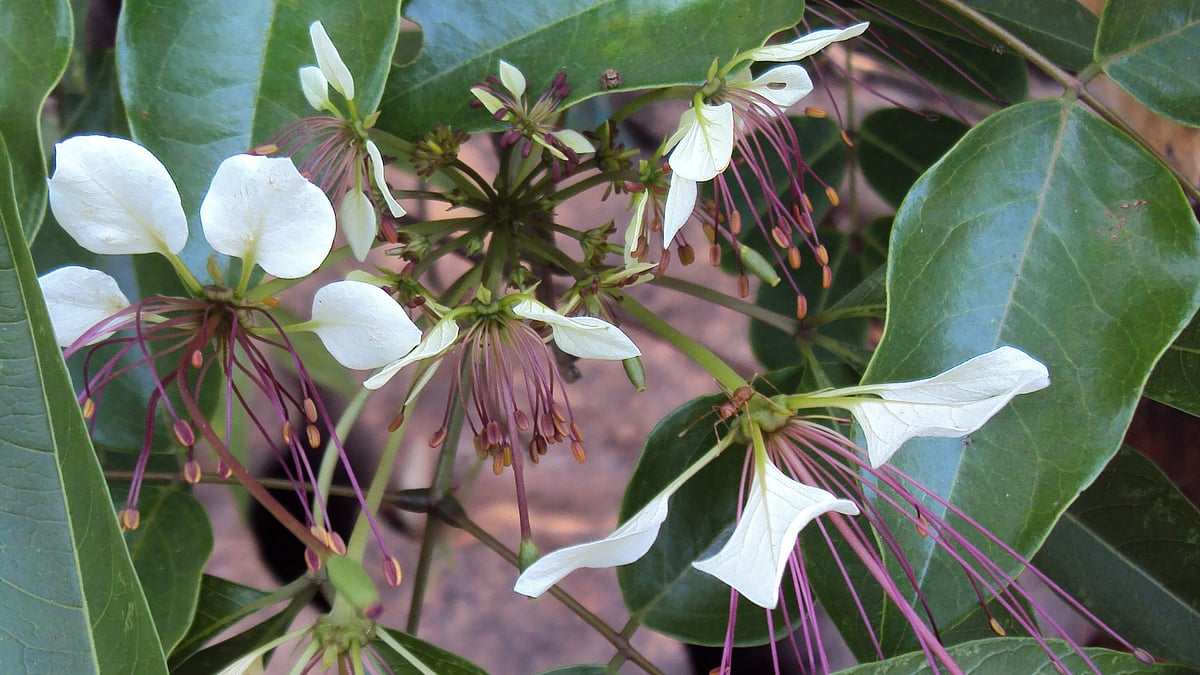Palghar, Maharashtra: A magnificent and rare Varun tree (Crataeva magna), estimated to be over 80 years old, has recently burst into bloom near the Safale Society's rice mill, transforming the landscape with its delicate, fragrant, whitish-yellow flowers. This spectacle, occurring after several years of dormancy, has drawn the attention and admiration of passersby, solidifying the Varun's place among the top five heritage trees of Safale.
The Varun, also known locally as "Vayavaran," is a medium-sized deciduous tree characterized by its extensive network of branches and sub-branches. Its light brown bark and clusters of vibrant green, trifoliate leaves at the branch tips make it distinctive. While the tree sheds its leaves during the winter months, it heralds the arrival of spring with a simultaneous display of fresh foliage and blossoms in March and April. This year's profuse blooming, after a prolonged period, has brought a renewed sense of joy and beauty to the area. Often found near Shiva temples, as well as Muslim and Buddhist religious sites, the tree holds a symbolic value representing Indian unity.
The Varun's flowers undergo a captivating transformation, starting as pristine white before gradually shifting to hues of yellow, yellowish, and eventually a subtle reddish tint. Each flower features four individual petals and a striking display of eight to twenty prominent stamens, tipped with shades of purple or reddish-brown. The tree produces berry-like fruits that are moist and ripen to a vibrant red, sometimes exhibiting a slightly elongated shape. The hardiness of the seed coat contributes to a prolonged germination period.
Beyond its aesthetic appeal, the Varun tree holds significant value in Ayurveda. It is traditionally used to treat various urinary disorders, including kidney stones. A decoction made from its bark is believed to alleviate symptoms associated with prostate enlargement by promoting better bladder muscle contraction and improving urination. In Ayurvedic practices, a combination of Varun, Gokharu (Tribulus terrestris), and dry ginger, often taken with jaggery and potassium carbonate, is prescribed for conditions such as kidney stones, urinary obstruction, and glycosuria. A leaf decoction is used to address bloating and indigestion.
For glandular swelling, a bark decoction with honey is recommended, along with topical application of a bark paste. Several Ayurvedic formulations targeting urinary ailments, including Brihat Varunadi Kadha and Varunadi Vati, are readily available in pharmacies.











